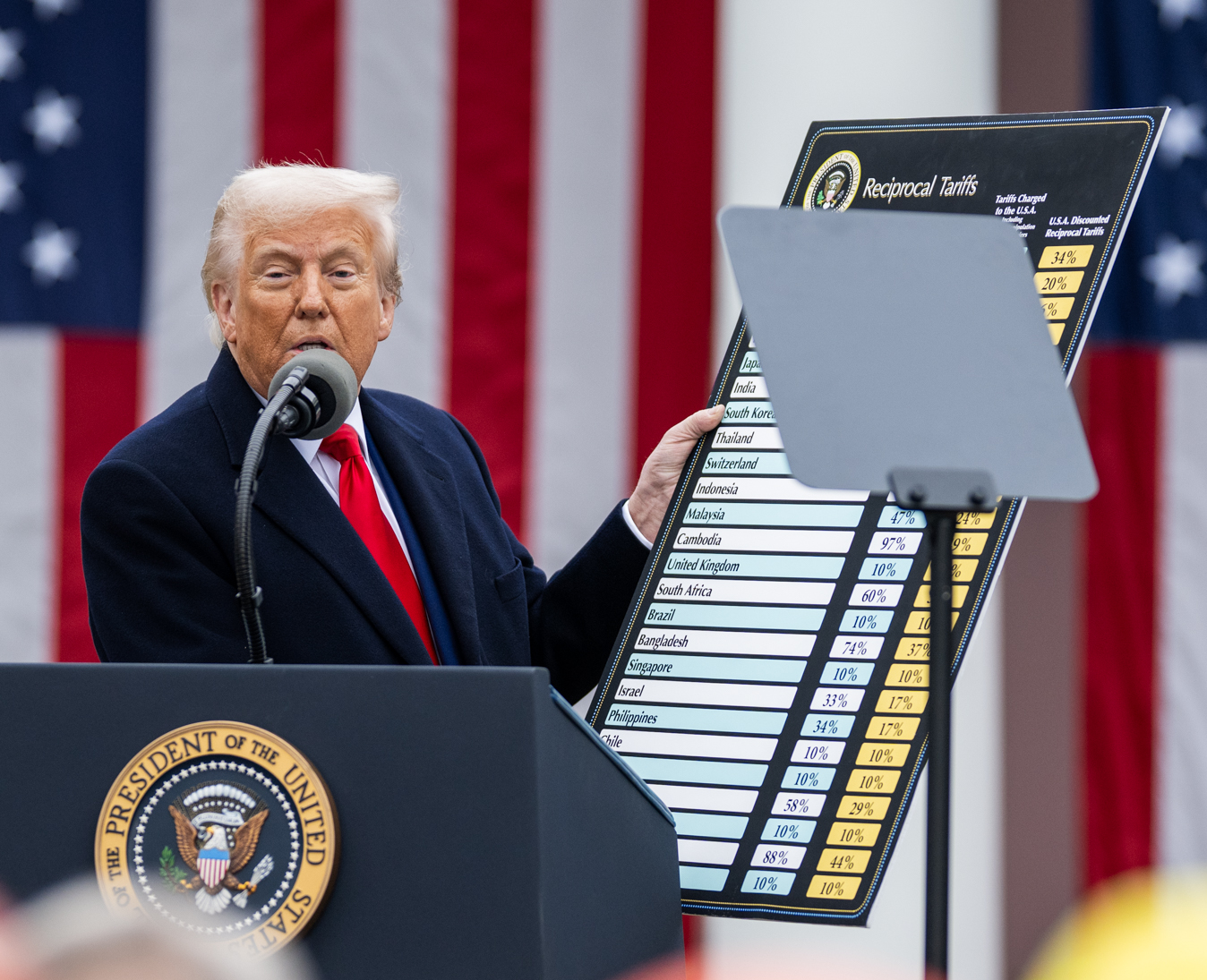
📰 Article: U.S. Trade Policy Adjusts as Tariffs Reduce, Focus Shifts to Pharmaceuticals and Chemicals
The Trump administration has made noteworthy moves to adjust its stringent trade policy, crafting new agreements with both China and the United Kingdom that alleviate several previously crippling tariffs. These temporary accords come after a tumultuous time in early April 2025, when unexpected and exorbitant tariffs caused upheaval in global markets—placing significant strain on the chemicals and pharmaceutical industries.
A Shift Toward De-Escalation
Indications of reducing tensions emerged with the May 12 Geneva agreement between the U.S. and China. This pact lowered the high tariffs enacted only a month earlier, temporarily decreasing U.S. tariffs on Chinese products from 145% to 30%, and China’s retaliatory tariffs from 125% to 10%. This 90-day pause provides negotiators with additional time while offering essential relief for businesses facing unstable supply chains.
Before the agreement, the scenario had turned urgent. The initial wave of tariffs peaked at 145% during a retaliatory cycle that stifled trade, plunged U.S. stock markets, and raised fears of an impending recession. “It’s unprecedented to arbitrarily impose triple-digit tariffs on a primary trade partner within weeks,” remarked Al Greenwood, deputy editor for ICIS, which specializes in the chemicals and energy sectors.
The Severe Impact on Chemicals
No industry experienced the repercussions of the trade conflict as acutely as chemicals. The uncertainty around U.S.-China tariffs prompted companies to reconsider production and investment, disrupting order flows and redirecting supplies. “We noticed many Chinese chemicals bound for the U.S. being redirected to Southeast Asia,” observed Greenwood. Chemical producers are particularly vulnerable to trade shifts due to their intricate and globally extended supply chains.
The U.S. chemical industry, notably in ethylene and its derivatives—such as polyethylene and vinyl acetate—faced both international retaliatory tariffs and domestic price pressure. With ethylene-based exports often encountering oversupply, tariffs added to the difficulties.
Yet, not all tariffs linked to chemicals have been eliminated. The U.S. continues to impose duties on sectors like aluminum, steel, and motor vehicles. Such taxes could have downstream effects, escalating the costs of finished consumer products and limiting demand for upstream materials like plastics and industrial chemicals.
Although China continues to be a significant importer of U.S. liquefied petroleum gas (LPG), including propane and butane sourced from shale, attempts to redirect these energy flows to Southeast Asia and the Middle East may lead to higher costs due to less efficient logistics.
UK Deal: A Tactical Alignment
The recent agreement with the UK also plays a crucial role in this recalibration effort. Signed on May 8, the general trade accord aims to minimize barriers for transatlantic commerce. Key elements include preferential treatment for British steel and aluminum, contingent on secure supply chains—seen as a strategy to counteract Chinese influence.
The deal further benefits U.S. ethanol, allowing duty-free access for 1.4 billion liters, which raised concerns among UK bioethanol producers worried about potential plant closures. Nonetheless, the chemical trade between the U.S. and the UK remains minor in comparison to its global partners, according to Greenwood.
Pharmaceutical Uncertainty: Struggling with High Drug Costs
Beyond tariffs, President Trump enacted a sweeping executive order designed to lower domestic drug prices under the “most favored nation” (MFN) rule. This directive aims to align U.S. prescription prices with the lowest rates paid by other developed countries. The White House contends that Americans unfairly shoulder the expenses of pharmaceutical R&D that benefits other nations with lower prices.
However, experts caution that the MFN approach may lead to complicated outcomes. European countries frequently negotiate hard on drug pricing, sometimes at the cost of innovation and accessibility. “Certain European nations pay reduced prices because they implicitly choose to delay access to innovative treatments,” explained health economist Pierre Dubois of the Toulouse School of Economics.
Critics of the MFN policy, along with previous Medicare negotiations initiated under President Biden, assert that it jeopardizes innovation and puts patients at risk by undermining the industry’s financial foundation. Dubois warns that the policy is unlikely to meaningfully decrease U.S. prices but could elevate drug costs in reference nations.
Furthermore, manufacturing pharmaceuticals domestically—an objective of the Trump administration aimed at decreasing foreign reliance—while plausible, is not a quick solution. “Establishing facilities takes years,” said Ivan Lugovoi of Kühne Logistics University, who recommends incentivizing companies rather than imposing relocation through tariffs alone.
Looking Ahead: A Changing Landscape
This careful adjustment of trade policies represents a partial backing away from the prior confrontational stance. However, intricate sectoral dynamics—particularly in chemicals and pharmaceuticals—remain fluid. European and Asian nations continue to modify supply routes and reevaluate long-term trade relationships. Meanwhile, U.S. endeavors to transform the pharmaceutical sector are ongoing.